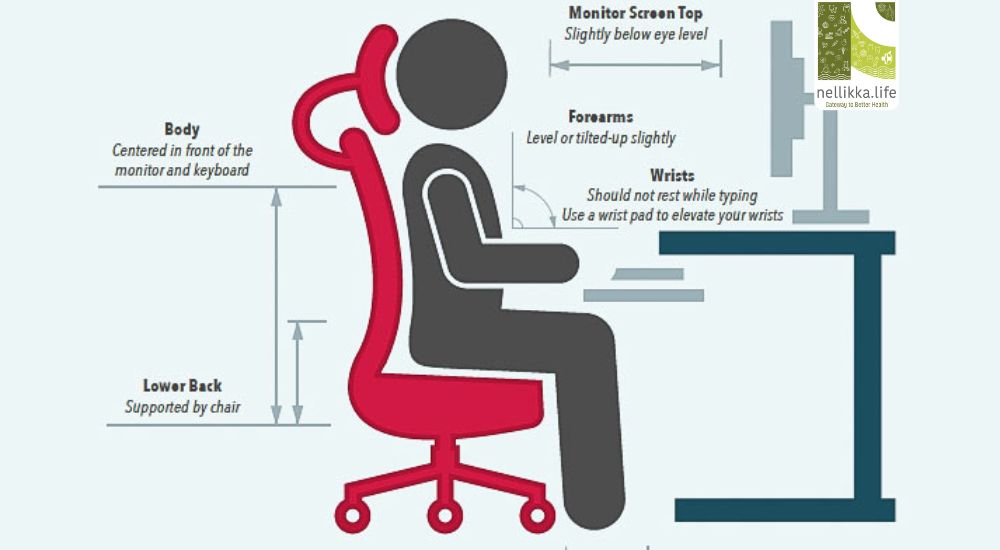Work Smart, Work Safe: The Science Behind Workplace Ergonomics

In today’s world, most of us spend long hours at our desks—typing, clicking, sitting, and often ignoring how these repetitive actions affect our bodies. If you’ve ever gone home with a stiff neck, back pain, or wrist discomfort, you’re not alone. These are common symptoms of poor workplace ergonomics, and they can have serious health consequences over time.
But what exactly is workplace ergonomics? And why is it scientifically essential for your well-being and productivity? Let’s break it down.
What is Workplace Ergonomics?
Ergonomics is the science of designing the workplace to fit the worker, rather than forcing the worker to adapt to the workspace. It focuses on creating environments that promote efficiency, comfort, and safety. According to the Occupational Safety and Health Administration (OSHA), proper ergonomic design is necessary to prevent musculoskeletal disorders (MSDs), which are among the most frequently reported causes of lost or restricted work time.
Why is Ergonomics Important? The Scientific Perspective
1. Reduces the Risk of Musculoskeletal Disorders (MSDs)
MSDs include conditions like carpal tunnel syndrome, tendonitis, lower back injuries, and neck strain. Research shows that poorly designed workstations significantly increase the risk of these disorders.
A study published in the Journal of Occupational Rehabilitation (2020) highlighted that ergonomic interventions reduced musculoskeletal discomfort by nearly 40% among office workers
2. Boosts Productivity and Work Efficiency
When employees are comfortable, they perform better. According to the National Research Council, companies that implement ergonomic solutions can experience a productivity increase of up to 25%.
3. Improves Mental Well-being
Physical discomfort leads to frustration, fatigue, and stress. Scientific reviews, including one by the National Institutes of Health (NIH), indicate that improving ergonomics not only benefits physical health but also enhances mental focus, job satisfaction, and reduces burnout.
4. Promotes Long-term Health
Sitting for long hours with poor posture can lead to chronic conditions like back pain, cardiovascular problems, and even metabolic disorders. A systematic review in BMJ Open confirms that ergonomic adjustments, including standing desks and posture support, reduce sedentary behavior and related health risks.
Simple Ergonomic Tips You Can Implement Today
Adjust your chair so your feet rest flat on the floor
Maintain your screen at eye level to avoid neck strain
Keep wrists straight while typing and use ergonomic keyboards if needed
Take short breaks every 30 minutes to stretch and change posture
Use chairs with lumbar support to reduce lower back stress
Invest in Your Health
Ergonomics isn’t just about fancy chairs or expensive equipment—it’s a science-backed approach to creating healthier, more efficient workplaces. Whether you’re working from home or at the office, simple ergonomic adjustments can prevent injuries, boost productivity, and improve your overall well-being.




